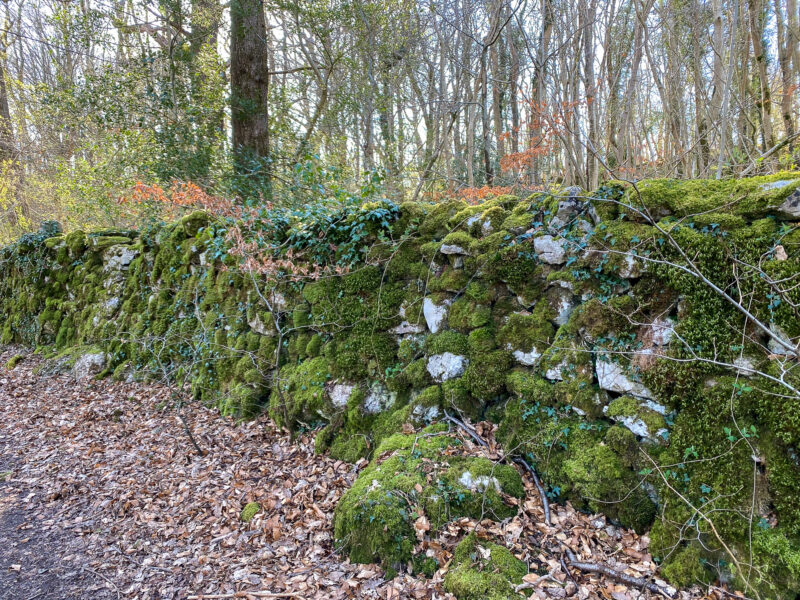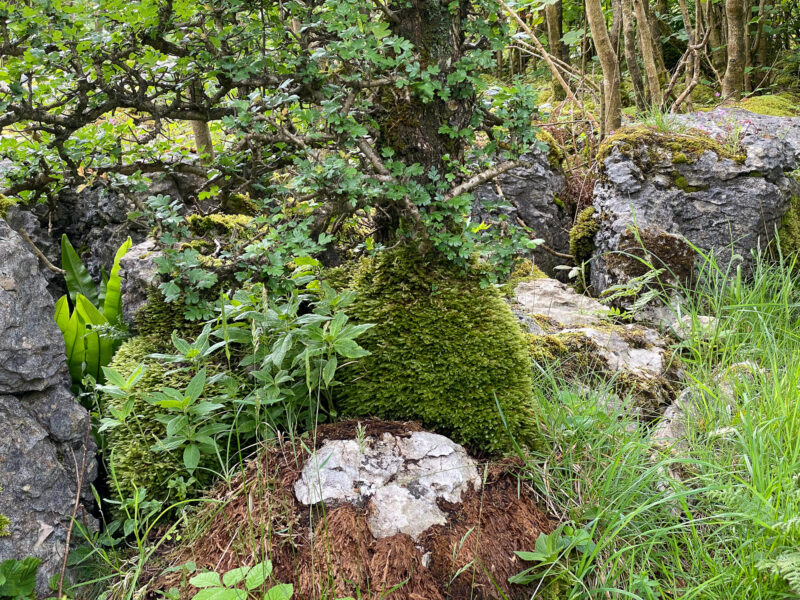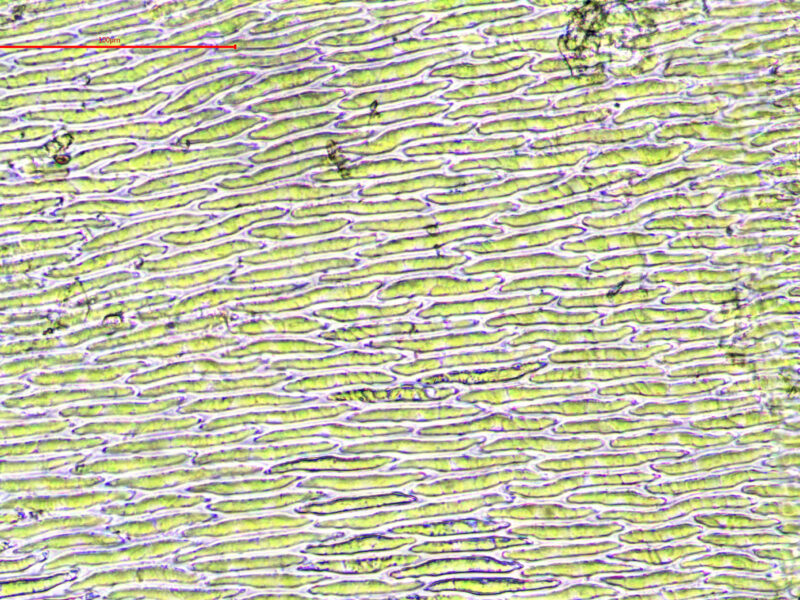Identification notes
The largest of our Neckera species; with its wide, flattened shoots and transversely wrinkled leaves there isn’t much else like it, other than N. pumila (a smaller, primarily epiphytic plant) and Plagiothecium undulatum, which as a calcifuge never grows in the strongly calcareous habitats of N. crispa.
N. crispa is in some ways an ecological barometer species – the presence of an abundance of healthy-looking shoots indicates a sheltered, quite humid and infertile place with a high pH. It quite often grows in north-facing chalk or limestone grassland and is a characteristic member of the rare southern hepatic mat (Scapanietum asperae) association.
There is recent anecdotal evidence that N. crispa responds poorly to high summer temperatures and prolonged desiccation in some areas caused by a changing climate.
Read the Field Guide account




















